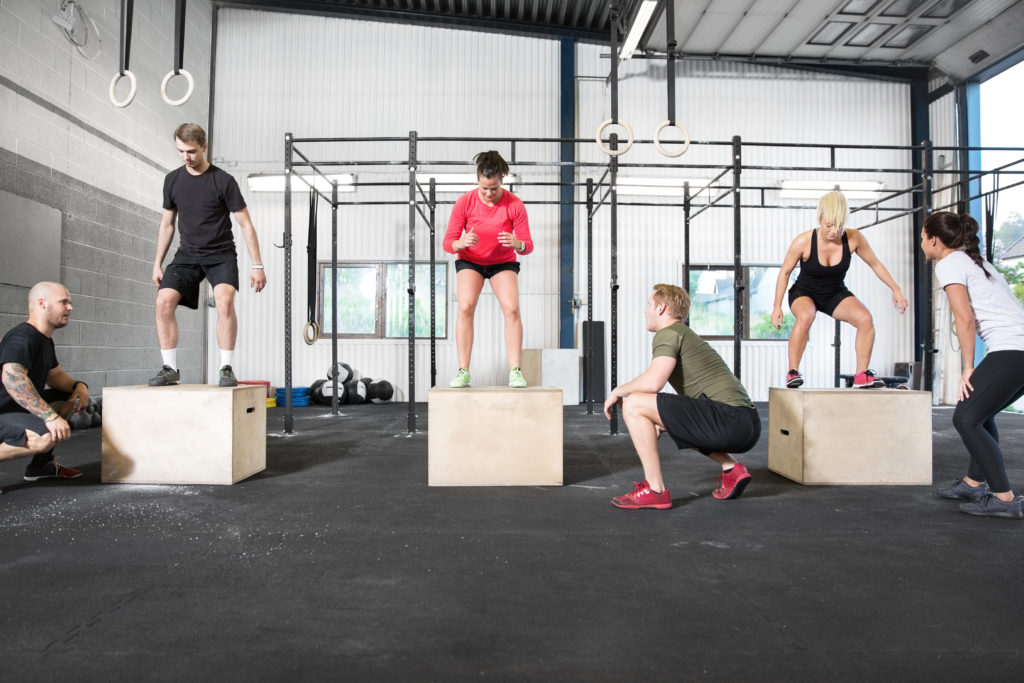
Our clinicians are certified sports specific movement screening specialist. Our focus is on return to higher level performance whether it is lifting, running, or throwing. We emphasize prehab exercises and body weight strengthening to stay ahead of injury.
Our goal is to optimize athletic potential and prevent injury. Although our emphasis is on performance, we do not ignore the components essential in reaching those performance goals. It is important to note, however, in order to master the movement principles these patterns must be learned and practiced. The physical therapists at Smith are highly trained and skilled as movement specialist and experts in body mechanics. Smith PT will create the building blocks you need to accurately pinpoint limitations and restrictions to allow enhanced performance. You will learn how to move safely and effectively through your life and sport.
The performance training side of Smith is centered on resolving pain through dysfunction by teaching and laying the groundwork to help you navigate your own performance and mobility. Techniques include self-mobilization, mobility, stretching routines, and fundamental strengthening. We also feel very strongly about the benefits of manual mobilizations to help you get to the next level. We offer different manual techniques to assist in joint and muscle mobility noted below.
Dry Needling DN: Performed by a certified therapist. A thin monofilament needle penetrates the underlying muscle trigger points for the management of neuromuscular pain, autonomic nervous system dysfunction, and movement impairments. A trigger point is a taut band in the muscle fiber that can restrict movement, refer pain, and cause local pain and inflammation. This is not the same as acupuncture.
Myofascial Release MFR: A safe and gentle technique used to affect restrictions within the fascia. Fascia is a crystallized matrix that covers all muscles, tendons, arteries, nerves, veins, and organs that can produce tensile pressure of approximately 2,000 lbs. per square inch. Myofascial release is a technique that eliminates the pressure produced on the muscles, tendons, nerves through releasing the restricted fascial tissue.
Myofascial Decompression MFD (Cupping): The use of cups to produce a negative pressure in combination with movement-based manual therapy techniques. The cups negative pressure creates fascial flexibility in combination with movement to promote neuromuscular mobility through re-education to surrounding muscles. Once removed the therapist can help you regain control in your newfound functional range of motion through strengthening and motor control.
Graston/ASTYM/RockBlades: Instrument assisted soft tissue mobilization through various approved tools is used to improve soft tissue (muscles, tendons, ligaments, and nerves) mobility. The tools are used to break down scar and tissue adhesions along with stretching connective tissue creating a microtrauma and local inflammatory response. This inflammatory response will initiate the ability for the damaged tissue to become rearranged and reabsorbed. Much like a scab that can keep reopening and never look or feel the same, the tools allow the therapist to break down and promote new healing, restoring and rebuilding tensile strength within the soft tissue. Adhesions can result from repetitive strain, surgery, or immobilization.
When these techniques are no longer in need, our clients under skilled clinician guidance will be given the tools to perform basic maintenance, mobility, and strength routines at home. They will independently model what they have learned at home and RUN or LIFT with it.
What you can expect:
Part 1: Learn principles and refine basic faulty movement patterns and hack into your potential through optimizing correct patterns.
Part 2: Foundation for movement patterns will be learned and practiced with guidance of an expert through breaking down each fundamental movement and strengthening from the ground up.
Part 3: Mobilization either manually (dry needling, cupping, myofascial release, soft tissue and joint mobilization, instrument assisted soft tissue mobilization (ASTYM, Graston, RockBlades)) or through learned self-soft tissue mobilization
https://amzn.to/2JgnFcJ (gua sha tools)
https://amzn.to/2HRQY4z (stick roller)
https://amzn.to/38UCQTW (foam roller)
https://amzn.to/2Td81TR (theracane)
Part 4: Devise a customized home program based on limitations founded during assessment and progression phase in clinic that were found to be limiting overall performance.
Part 5: Practice, cue, progress sport specific movements to allow you to implement in life and sport with decreasing risk of injury and reaching life-long goals.